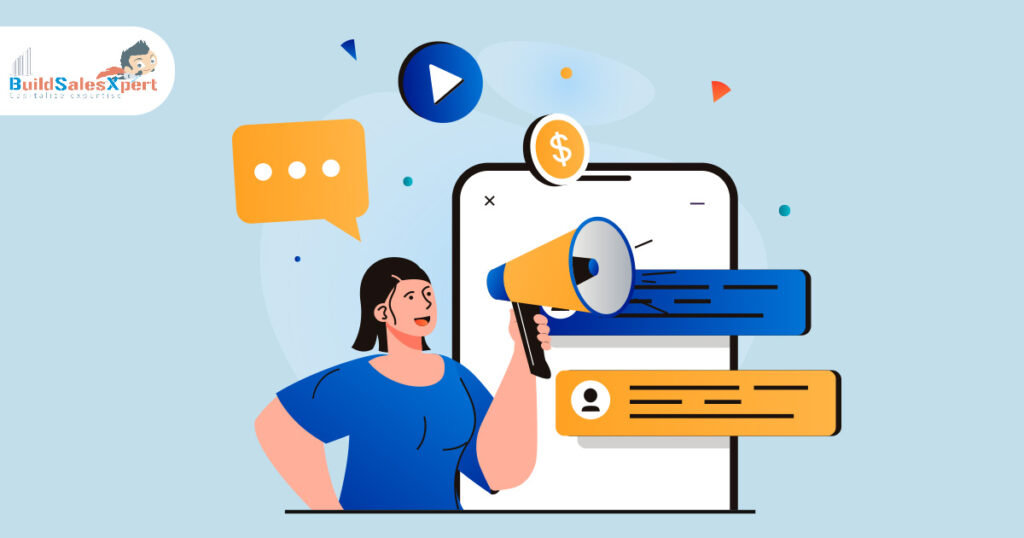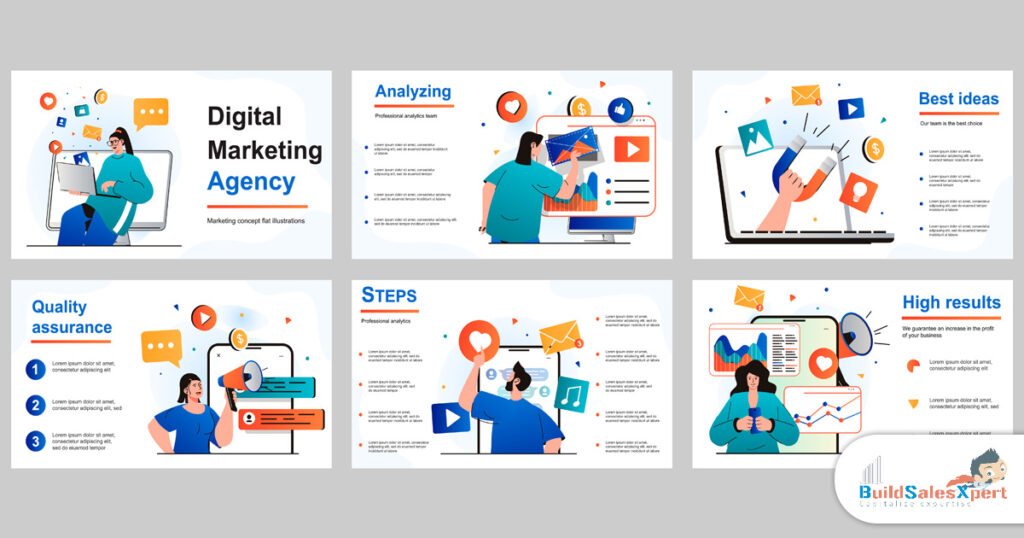If you’re looking for more information on how to optimize your email marketing efforts and get ahead of the competition, this article is for you. Email, is often disdained and ignored in favour of other more flamboyant marketing vehicles, but it remains one of the most effective ways to reach and influence your audience. Ready to dive in? Like anything else in life, success in email campaigns begins with strategy.
What is an Email Strategy?
An email strategy is a process of developing a plan for how you will use email to accomplish your business goals. So clearly you have to start by articulating your goals as well as a timeline.
Write a goal statement that defines what you want to achieve with your emails
It should also take into account: the stakeholders who need to be involved in creating or approving the strategy (for example, marketing team members) A timeline that outlines when each step in the process should take place and how long it will take (for example, two weeks from now)
Finally, your strategy should include metrics that you will use to measure the success of your email campaign
Developing an Effective Email Strategy
Developing an effective email strategy is the first step in building a successful campaign. To get started, you’ll need to first define your target audience and set goals and objectives that align with their needs.
The next step is to create the content. For this to be effective you need to create separate content to match each stage of the buying cycle., viz: awareness, consideration, and conversion. While creating your content ensure all of your emails are aligned with your goals and objectives, as well as with each other. Consider what types of emails you’ll be sending out (announcements? newsletters?) and how often (weekly? monthly?).
Then, figure out which topics each type will cover so that when it comes time for writing those emails, there won’t be any surprises–you’ll know exactly what needs saying and how long each message should be.
Finally, identify key performance indicators (KPIs) that you can use to realistically measure the success of your campaign.
Implementing Your Email Strategy
Once you’re clear on what you need to do to build an effective email strategy, it’s time to get into the nitty-gritty of implementing the strategy.
Choose an email platform
There are many different types of platforms out there; some are free while others call for payment based on volume or the number of subscribers. Pick the one that works for your needs. If you’re only going to send the occasional email, a free platform might work best for you.
Schedule emails Depending on the frequency of your emails. e.g. weekly or monthly (or whatever you decide), schedule them so they go out automatically at the right time every week/month without having someone manually send them every day. This way you’re not constantly on the go.
How to leverage the power of Email Effectively This includes metrics like open rates/clickthroughs/bounces
Measure the Success of Your Email Strategy
Once you’ve developed a strategy, it’s important to measure its success. There are two basic ways to do this: open rates, and click-through rates.
Open rates are one of the most basic metrics for measuring the effectiveness of your email marketing campaigns. Open rates indicate how many people have opened an email message in their inboxes and then clicked on any links within that message, or simply scrolled through it without clicking anything (which indicates they found value in what they read). You can use this data as part of your analysis process when determining whether certain types of emails should be sent more frequently than others–or if certain messages need to be changed altogether!
Click-through rates (CTRs). CTRs tell you how often users clicked on specific links within an email message compared with all other links included in that same message; they’re typically expressed as a percentage value between 0% and 100%. For example: If there were five total links included in an email campaign sent out by Company X during one month period but only three were clicked upon by recipients before being deleted from their inboxes; then Company X’s overall CTR would equal 33%. There could be many reasons behind this number, for instance:
A) They weren’t interested enough
B) Didn’t feel like taking action
C) Didn’t know what else would happen if they did respond
D) All of the above
Tips for Writing Effective Emails
There are some fundamental guidelines that you can follow to ensure your emails enjoy a high open rate, these can be summed up as:
• Write compelling subject lines.
• Craft engaging content.
• Optimize for mobile.
• Best Practices for Growing Your Email List
• Create an incentive for subscribers—for instance, a discount code or freebie (like a PDF guide)
Leverage social media
Social media is one of the best ways to grow your email list because it allows people who are interested in what you have to offer but don’t know how or where they can find it to get connected with you right away.
Social media posts should include links to your other platforms like blogs or websites so that those who follow along on Facebook and Twitter can easily find more information about whatever topic was being discussed previously within each respective post itself.”
Common Email Strategy Mistakes
There are a few common email marketing mistakes that you should be aware of.
Not using a double opt-in:
If you want to ensure that the people on your list are interested in what you have to say, then make sure that they sign up for it in the first place! A double opt-in allows subscribers who sign up for your newsletter or other updates from you by providing their name and email address to receive those updates from you. This means they’re giving their consent by opting into receiving emails from your company rather than just allowing them onto an existing list without asking if they’d like these messages or not (i.e. single opt-in).
Not segmenting lists
Segmenting lists means dividing them into smaller groups based on certain criteria so that each target group gets different types of information based on what they need; this is a basic form of personalization and it ensures better engagement rates.
Personalizing emails:
Whenever possible you should content specifically toward each individual recipient–something which can be done using tools such as MailChimp’s “Personalization” feature wherein users can add information such as the recipient’s name, location, past purchases, or any other relevant data you have collected about them into the body of the email.
Personalization makes subscribers feel like you’re speaking directly to them, increasing the chances of engagement and conversion. It can help to improve your email’s open and click-through rates.
Features like merge tags, conditional merge tags, and dynamic content blocks can also be used to add personalized content to your email campaigns without having to manually customize each message for every subscriber.
Tools to Optimize Your Email Strategy
Automation
Email automation tools are a great way to optimize your email strategy. They allow you to create automated sequences that can be triggered by certain events or conditions. For example, if someone signs up for an event or webinar but doesn’t attend, you can pre-set your process to send them an email reminder with links to other similar events that might interest them more than the original one did.
A/B testing
Email A/B testing tools let you test different versions of your emails against each other. So, you can see which performs better–and why! You can learn which subject lines affect open rates and click-through rates (CTRs), as well as what types of content resonate best with particular audiences at different times in their relationship with your brand. Email analytics tools give insight into who’s reading what kind of messages from which channels so that marketers know where they should focus their efforts in order to get better results from future campaigns
Conclusion
This article discusses the importance of developing an effective email strategy and how to create one. By following the tips and best practices outlined above, you can set yourself up for success in your business by creating a system that will help you reach out to new customers while maintaining relationships with existing ones.



